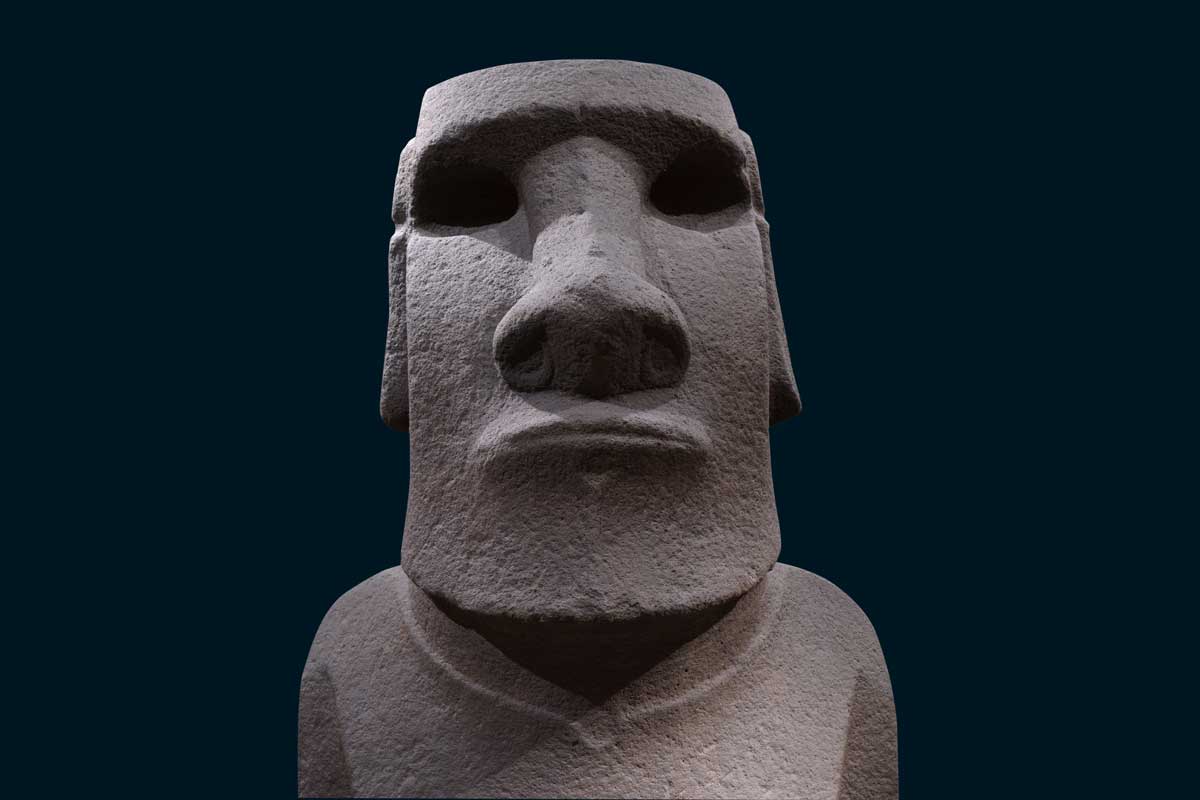Static Versus Active | History Today - 2 minutes read

Commodore Richard Powell, commander of HMS Topaze, landed on Easter Island in November 1868. He returned to Britain with a four-tonne statue made of lava rock, one of the 1,000 or so moai that are unique to the island, which lies in the Pacific Ocean more than 2,000 miles from the nearest settlement. Twenty years later, Rapa Nui, as it is known to its inhabitants, was annexed by Chile. Hoa Hakanai’a, the statue which lay deep in the earth, buried at the ceremonial village of Orongo, was presented to Queen Victoria, who in turn donated it to the British Museum. It has held pride of place in its Wellcome Gallery ever since. Easter Island’s government wants it back, though they acknowledge the skill with which the British Museum has conserved its treasure; Easter Island’s moai are often in a pitiful state.
The mysterious, compelling beauty of the moai mask a haunting, instructive tragedy. The quantum physicist David Deutsch contrasts two tellings of the island’s history in his mind-twisting book, The Beginning of Infinity. David Attenborough, in his TV series of 2000, State of the Planet, describes the moai as ‘vivid evidence of the technological and artistic skills of the people who once lived here’. Jacob Bronowski, in his TV series of 1972 takes a different view. ‘When the Dutch discovered this island on Easter Sunday in 1721, they said that it had the makings of an earthly paradise. But it did not. An earthly paradise is not made by this empty repetition.’ Throughout their history, the islanders carried on doing just one thing, over and over, though at an even faster rate, transporting ever-larger monuments, of the same monotonous form, on roads made of trees, turning Rapa Nui into a desert. It is not that the island was deforested that brought its demise; much of Europe and Asia was deforested long before, but there knowledge developed of how to prosper without vast swathes of forest. Unlike static societies such as Easter Island, they became active ones, seeking – and finding – solutions to the inevitable and infinite problems that confront civilisations.